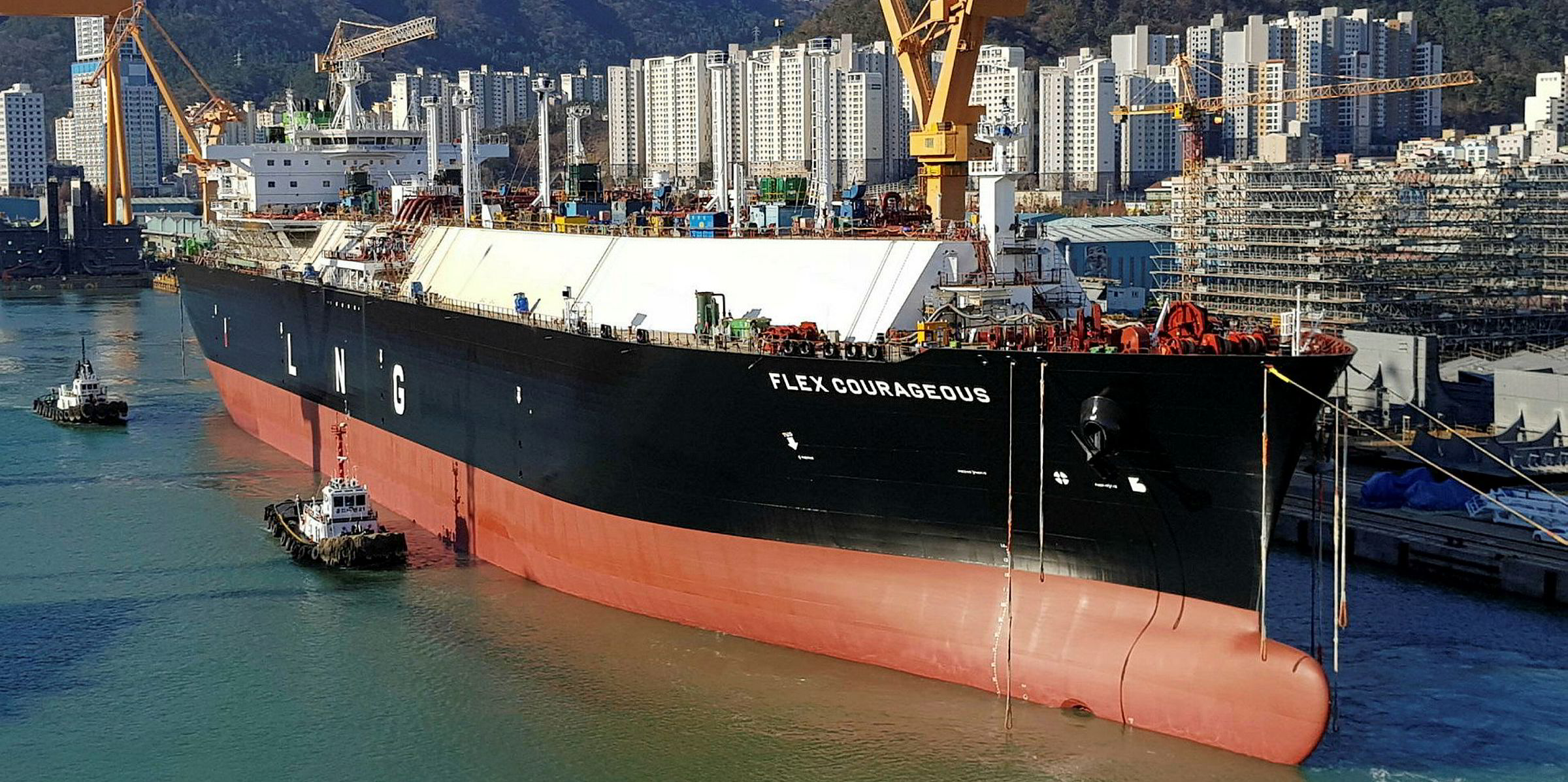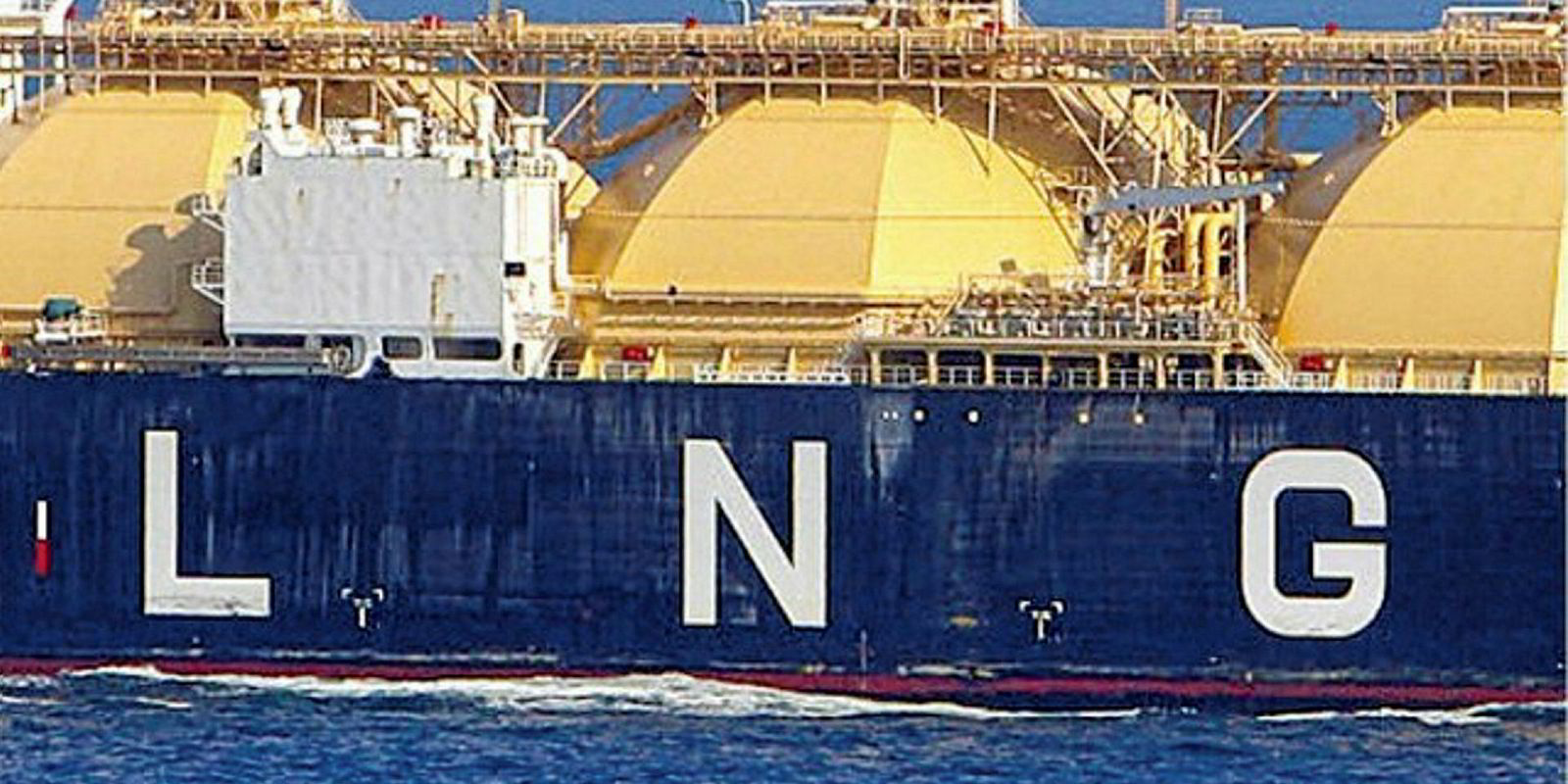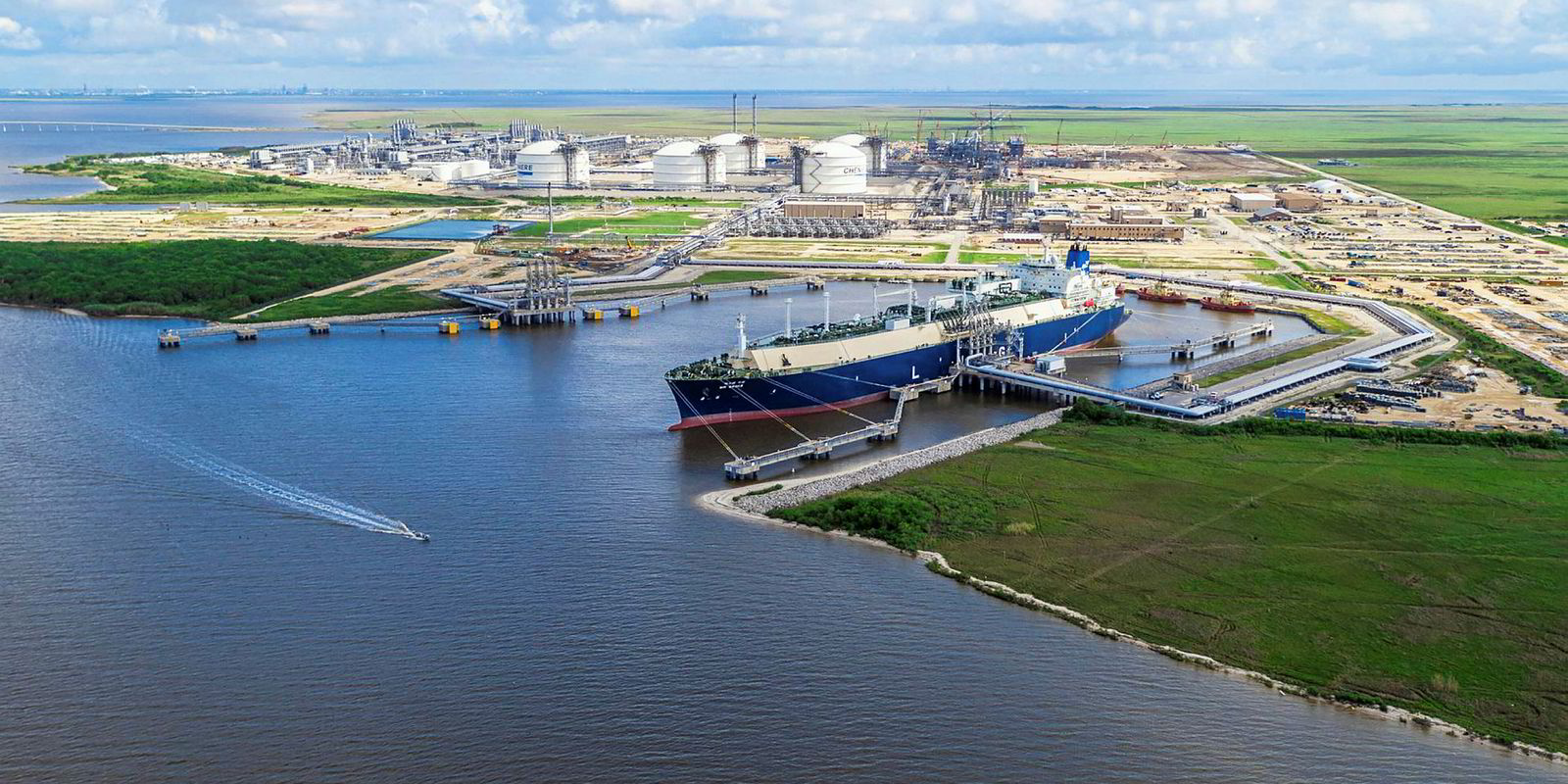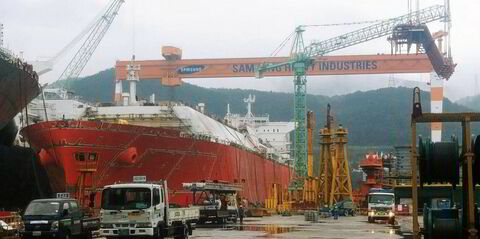Spot charter rates for LNG carriers have slipped back but are still holding up at six-figure levels for modern tonnage.
Brokers said ships fitted with high-pressure and low-pressure gas injection propulsion systems are attracting rates of $150,000 per day plus.
They peg daily levels for tri-fuel and dual-fuel diesel-electric ships in the region of $130,000.
But rates for steam turbine-driven ships have slipped below the $100,000-per-day mark, although they are still being quoted at levels of around $90,000 per day.
Spot rates for modern vessels crashed through the $100,000-per-day marker at the end of September and into early October, rapidly climbing to more than $200,000 per day in the subsequent five weeks.
'Not enough liquidity'
“There are just not enough cargoes and not enough liquidity,” one shipowner said.
He explained that charterers were starting to see more choice for LNG tonnage, particularly in the Far East, where vessels that have been sitting idle with cargoes onboard are starting to discharge their shipments.
At one point in the second half of last month, brokers and LNG ship watchers were quoting up to 30 vessels waiting off Asian terminals with cargoes onboard.
This week, that number had halved, with the bulk of LNG carriers still holding cargoes now showing discharge slots.
One owner said the situation is being compounded by the re-emergence of more relet tonnage in the market, whose charterers, he said, are working to different agendas to fix their vessels.
'Not as comfy' as before
“It’s not as comfy and as cosy as it was,” he said.
One LNG shipbroker added that LNG as a commodity has been under pressure for some time as the expected new volumes start to emerge.
“It [shipping] was always going to catch up,” he said. “It’s a weird market."
Another pointed out that the LNG shipping market had been stagnating for the past two weeks. He said the reason the rate adjustments have surfaced is that some vessels have finally been fixed at the new lower levels.
He speculated that spot rates may improve again early in the new year before settling back to lower levels in the following months.





